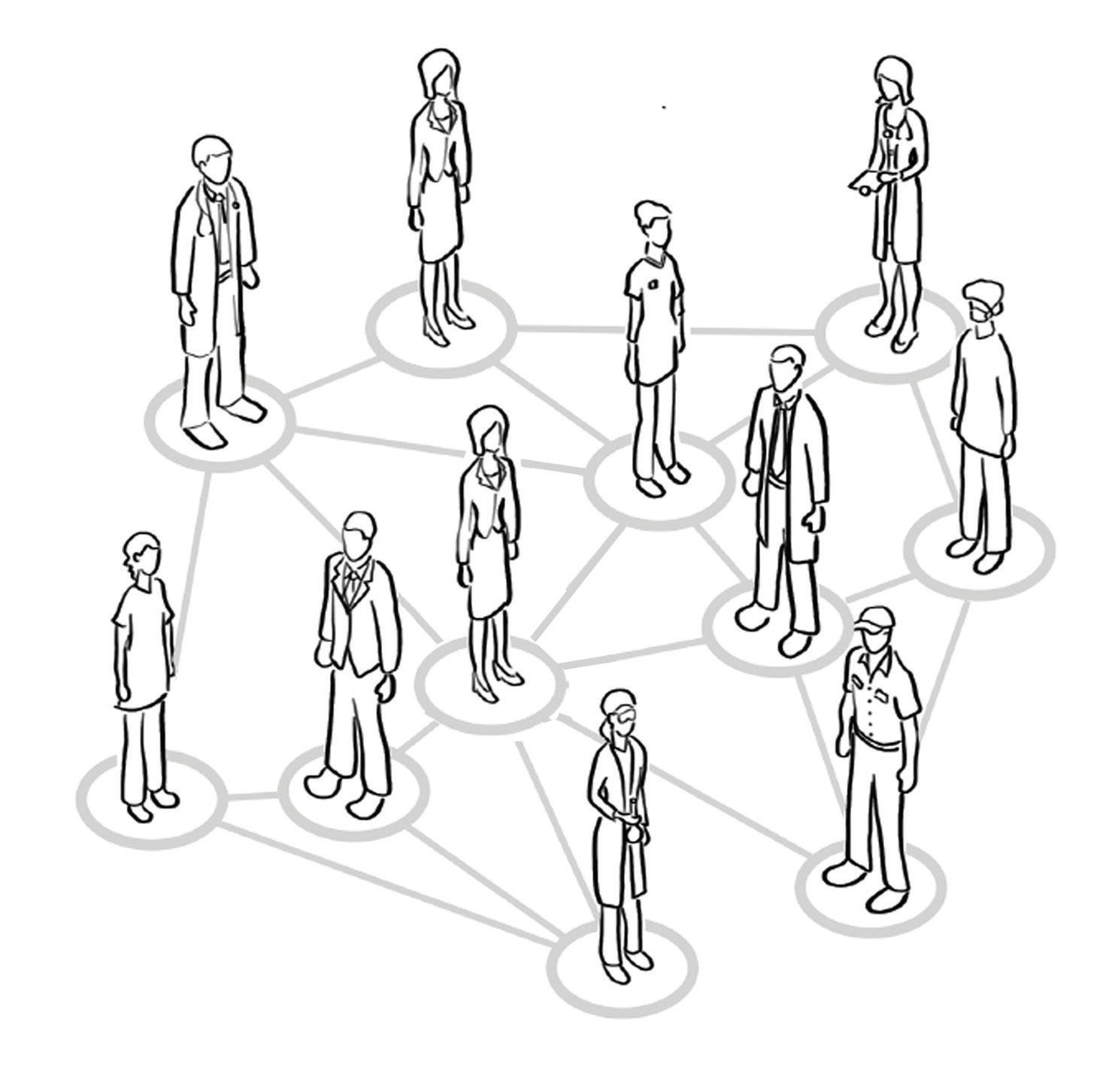
1 minute read
Systems Thinking
Why Systems Thinking?
Systems thinking is a holistic way to step back and look at the parts that make up a complex challenge and explore what biases, assumptions, and structures that might be keeping a system operating the way it does.
— Donella Meadows There is a tricky tension to navigate when trying to enact deep, positive change around a complex issue. It’s the tension between focusing too much on helping make change at an individual level versus the need to step back and look at the big picture. It’s a bit like an out-of-control patch of poison ivy at a children’s playground: you can cut the leaves back to prevent children from being stung, or you can attack the roots so it doesn’t come back. Systems thinking helps people to look at things that have happened, structures, and assumptions that might be causing a problem like racism to continue to exist.


What Systems Thinking Looks Like in Action
System thinkers:
• Strive to be keenly aware of their biases and assumptions • Seek to acknowledge that an improvement in one area of a system can adversely affect another area of the system • Look at what root causes might be contributing to a problem • Ask questions and wonder why something happens • See the interconnections within the physical environment of the land, water, beings, values
Questions systems thinkers ask:
• Has this problem occurred in the past? • What structures may be causing this problem? • What change is needed? • Why is this change needed? • How will this change affect other parts of the system? • How do we increase people’s understanding of the issue in a way that integrates the richness of diverse perspectives with the simplicity required to act?
Adapted from: Systems Thinking For Social Change, by David Peter Stroh

